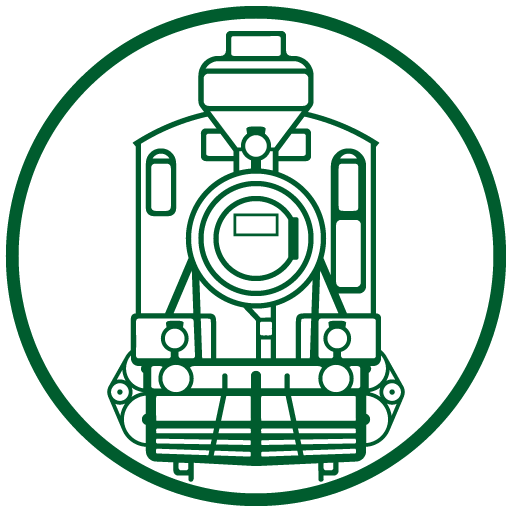The Finnish locomotive industry made great strides after Tampella works started locomotive production at the turn of the 20th century. This influenced the decision to design and construct an improved version of the H1–H2 classes in Finland itself, initiating modern passenger locomotive development in the country. In 1902 the SVR and Tampella signed a contract for the construction of ten passenger locomotives. These were numbered 437 to 446, classified H3 and re-classified Hk2 in 1942. No. 446 was the first to be completed in late 1903 and no. 437 the last in late 1904, i.e. they were given running numbers in reverse order to the construction number. A second batch of seven was ordered in the autumn of 1905 and completed in 1905–06. These, however, were numbered 447–453 conventionally in order
of construction.
The H3 was a compound engine equipped with a Mellin starting valve, Stephenson inside valve gear with piston valves and plate frames. These locomotives were delivered as wood burners and equipped with gas lighting. Many modifications were made over the years, including major rebuilds in 1929–32 when the class was converted from compound to simple engines and superheated boilers were fitted. At the same time the plate frames were strengthened and the same type of cylinders used on the H5 class were fitted.
The only engines to differ were nos. 452 and 453, which received the larger H5 boiler at this time; this boiler was also fitted to no. 447 in 1940. These three large-boilered engines were immediately known as the H5 class but no. 447 was re-classified Hk3 in 1942. The driving wheel axles and crank pins were strengthened in 1930–32 and in 1934 the maximum permitted speed could be raised to 85km/h. Although built as wood burners, their use of wood or coal as fuel fluctuated, depending upon coal prices and availability.
The H3 engines were first allocated to Helsinki but were soon moved on to St Petersburg, Tampere and Turku once the H4 and H5 classes emerged. However, the H8 and H9 classes arrived in large quantities immediately after the First World War and quickly dominated passenger services in the south of Finland, scattering the H3 class around the country for passenger use on lines with lighter tracks. They worked on secondary lines until the 1950s when diesel railcars proved more economical. The Hk2s were then quickly retired from service and all were withdrawn in October 1962.

